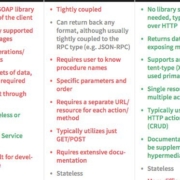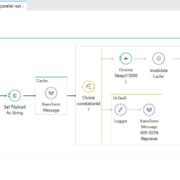It was great speaking with Torsten Zube, Head of Blockchain at SAP, about their new services that help customers integrate blockchain and the two new consortia that accelerate industry-specific blockchain co-innovation with customers and partners.
Network Extensibility for Open Business Collaboration
The new network extensibility services enable customers and partners to integrate different blockchain infrastructures seamlessly. By providing equal functionalities irrespective of their environment, it supports the interplay between:






